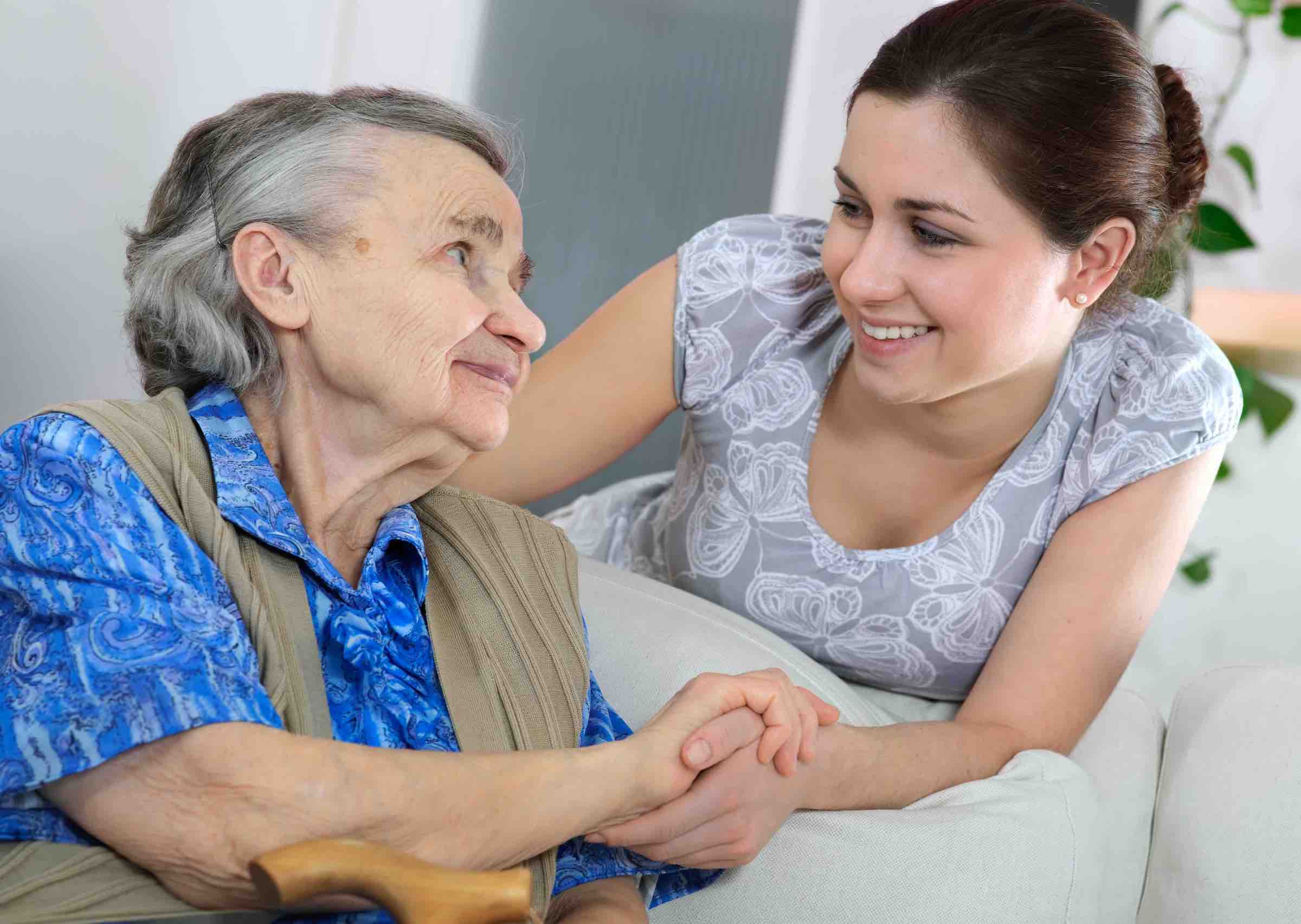Chief among the findings of a 2022 AARP survey of Nebraska voters is an emphasis on improving support for families providing long-term care services who are likely to suffer from caregiver burnout. Changing workplace policies for employees who serve as caregivers to provide unlimited unpaid work leave as well as increased paid leave for caregiving duties were top desires for those surveyed.
According to a new survey by Seniorly, a national network of senior care advisors, besides losing members of the workforce who give up their jobs to take care of others, over the past six years, the percentage of family caregivers who say their own health status is fair or poor nearly doubled, going from 12% to 21%.
Clint Rendall with Aadi Bioscience, biopharmaceutical company, agrees that being a caregiver can place a lot of mental, physical, and emotional strain on individuals.
“We get so stressed personally,” Rendall said. “Whether that’s with the workplace, or providing care for someone that we stop caring for ourselves and then it’s sort of a vicious cycle.”
Unfortunately, many family caregivers experience burnout characterized by mental, physical, and/or emotional exhaustion that impacts one’s wellbeing and causes an individual to shift in their life perspective from positive and compassion to negative and apathetic. Seniorly’s article, “What is Caregiver Burnout,” highlights several of the warning signs of caregiver burnout such as lack of interest in social engagements, mood swings or short temper, and constant illness. The article also outlines the importance of caregiver self-care and how these methods ensure the health and safety of the caregiver.
Nebraska caregiver burnout is not unique, but affects caregivers nationwide. The AARP notes that the system in the United States of providing long-term care for those who can no longer care for themselves is deeply flawed, costly, and becoming a crisis we must all address as a nation or personally. The article, “Long-Term Care: The Crisis Everyone Must Face,” cites that 53 million Americans of all ages serve as unpaid family caregivers who spend “a portion of their day to feeding, driving, cleaning, paying bills and ensuring medicine gets taken by a loved one not able to do these tasks on their own.” Many of these caregivers are in what’s known as the Sandwich Generation caring for not only their own minor children, but also caring for an aging parent. Nearly 70% of Americans who reach age 65 will need long-term care services notes the AARP. “On average women will need help for 3.7 years, and men for 2.2 years.” For most people, that care is provided in their homes and often by those who are unpaid, such as spouses, adult children and other loved ones.
It’s obvious that solutions are needed for policies related to employees who are caregivers and those receiving long-term care. One relief program designed for caregivers is respite care, where a loved one can be cared for without family aid for up to several hours or days a week.
Mary Ann Mondragon, who is a caregiver specialist at Caregivers SOS, a WellMed charitable foundation program, said there is lots of help available.
“We have training. We have classes for the caregivers. We have a stress busting class that will actually be starting in April. And it’s a nine week class,” Mondragon said.
“And it helps the family caregivers learn how to take care of their loved ones. How to take care of themselves more importantly.”
If you’re looking for help with caring for an aging parent or an ill or disabled spouse, you’ve come to the right place! At Legacy Design Strategies with primary offices in Omaha, Nebraska; Iowa Falls, Iowa; and Minot, North Dakota, we have a full team, more than 25 people of elder law specialists that work with families all over these territories on planning for long-term care and avoiding caregiver burnout. Schedule a call with our team today to discuss how we can help you keep your property in the family so that it is preserved for future generations, but at the same time, ensure your loved one is cared for in the way that you feel comfortable.



